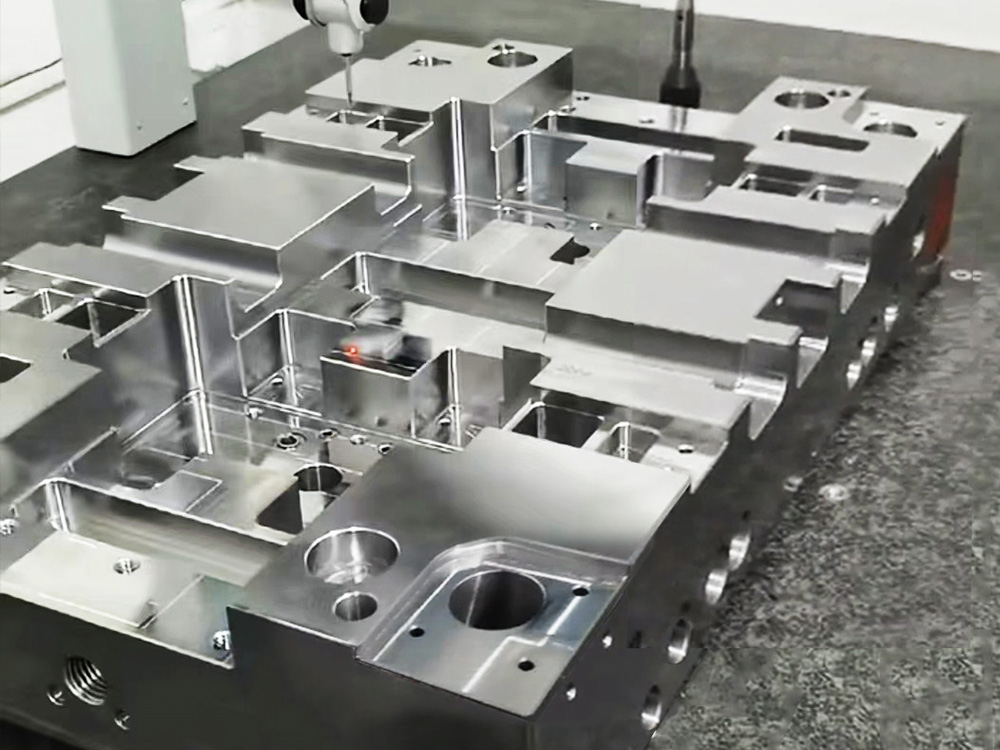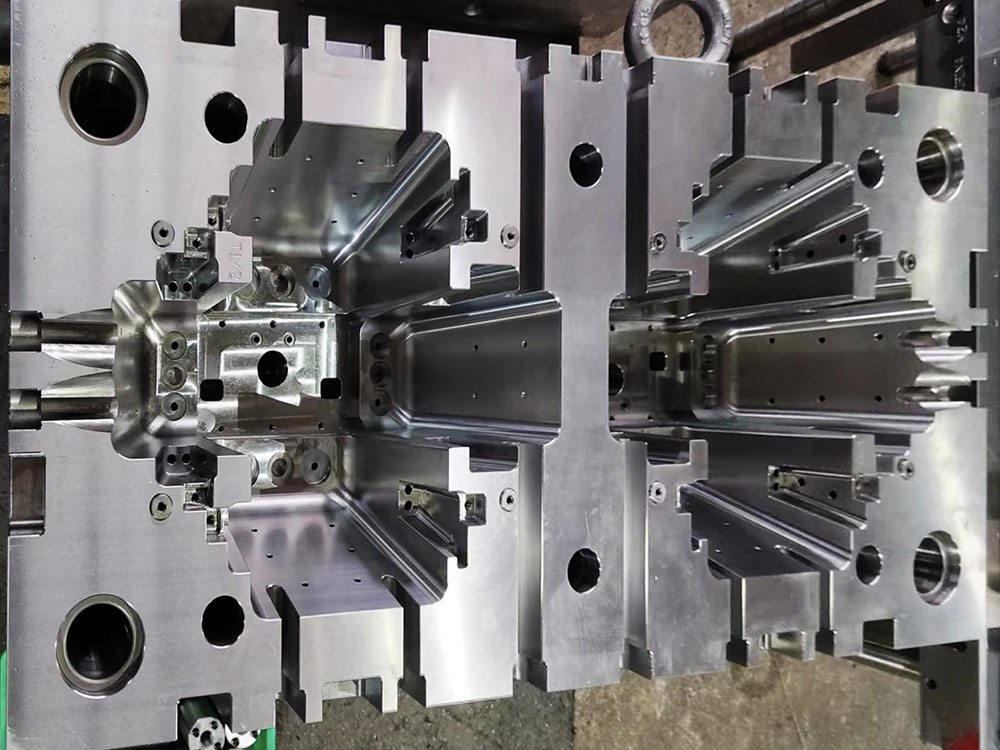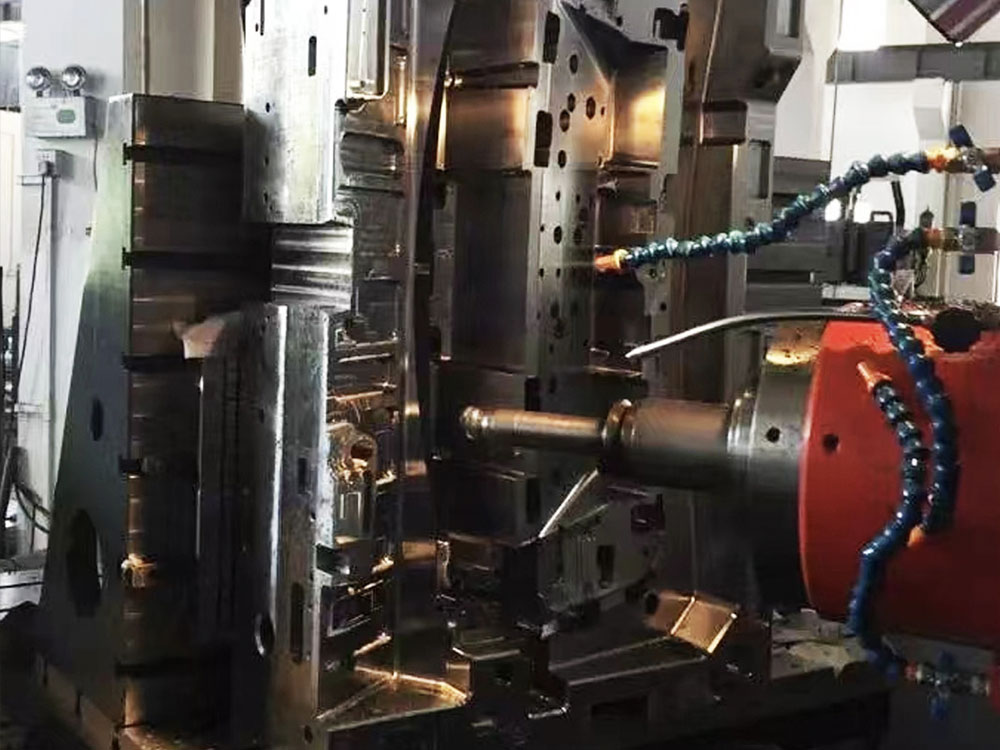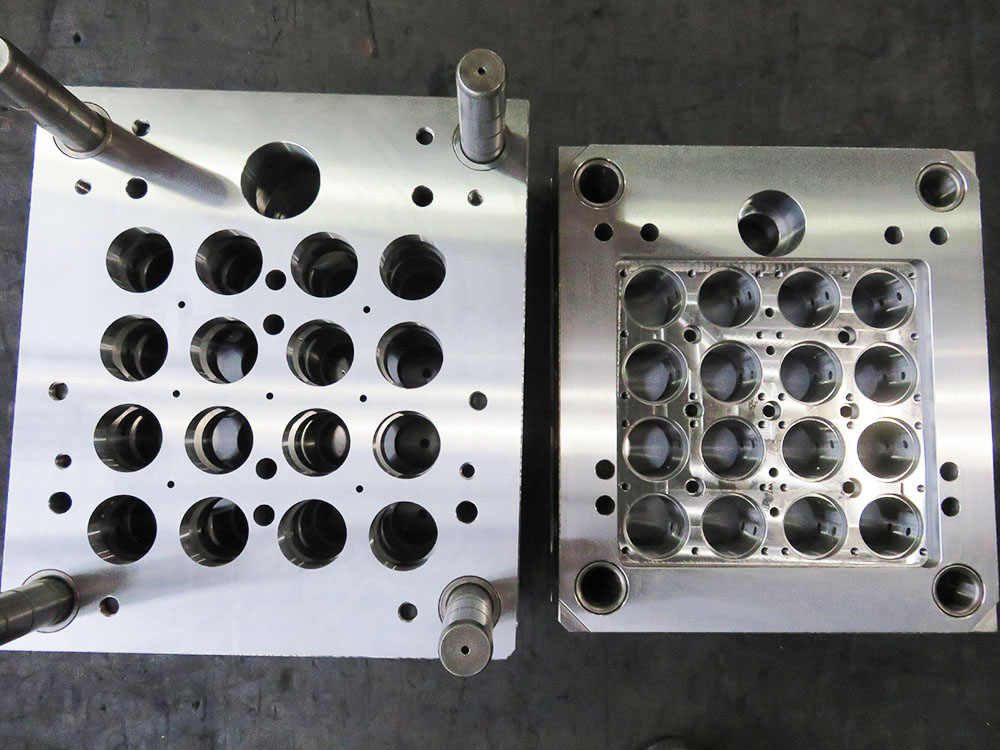What to do when the elevation of support frame floors is incorrect?
In the Mold Base industry, ensuring the correct elevation of support frame floors is crucial for the overall stability and performance of the mold. If the elevation is incorrect, it can lead to various issues such as misalignment of components, improper cooling, and even potential damage to the mold itself. In this article, we will discuss the steps to be taken when faced with an incorrect elevation of support frame floors.
1. Identify the problem
The first step is to identify the extent of the elevation issue. This can be done by conducting a thorough inspection of the support frame floors. Look for any visible gaps, misalignments, or irregularities that may indicate an incorrect elevation. It might be necessary to use precision measuring tools to get accurate measurements.
2. Determine the cause
Once the problem is identified, it is essential to determine the cause of the incorrect elevation. There can be various factors contributing to this issue, such as uneven foundation, faulty installation, or structural damage. Investigate the potential causes to understand the root of the problem.
3. Consult with experts
When dealing with an incorrect elevation of support frame floors, it is advisable to consult with experienced professionals in the Mold Base industry. Reach out to mold designers, engineers, or mold base manufacturers who specialize in addressing such issues. They can provide valuable insights and guidance on how to rectify the problem effectively.
4. Plan and execute corrective measures
Based on the expert advice received, develop a comprehensive plan to rectify the incorrect elevation. This may involve adjustments to the support frame floors, installation of shims or leveling screws, or even structural repairs if necessary. Ensure that the corrective measures are carried out meticulously to achieve the desired results.
5. Conduct post-repair evaluation
Once the corrective measures are implemented, it is important to conduct a thorough post-repair evaluation. Inspect the support frame floors again to ensure that the elevation is now within the acceptable range. Test the mold functionality and performance to confirm that the issues caused by the incorrect elevation have been resolved.
6. Take preventive measures
To avoid future occurrences of incorrect elevation in support frame floors, it is important to implement preventive measures. This may include regular inspections and maintenance of the mold base, ensuring proper installation techniques, and using high-quality materials. By taking proactive steps, such issues can be minimized or completely avoided.
Conclusion
Correct elevation of support frame floors is essential for the smooth operation and longevity of molds in the Mold Base industry. When faced with an incorrect elevation, it is crucial to systematically identify, analyze, and rectify the problem. By consulting experts and following the recommended procedures, molds can be restored to their optimal performance, ensuring high-quality products and efficient production processes.




